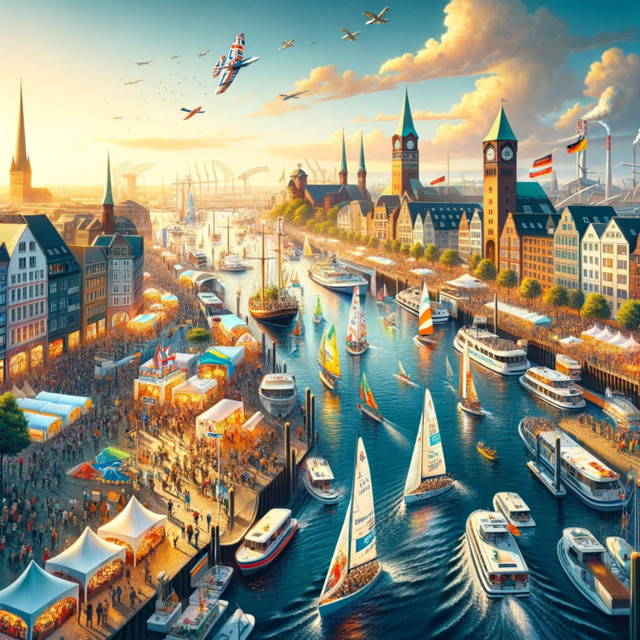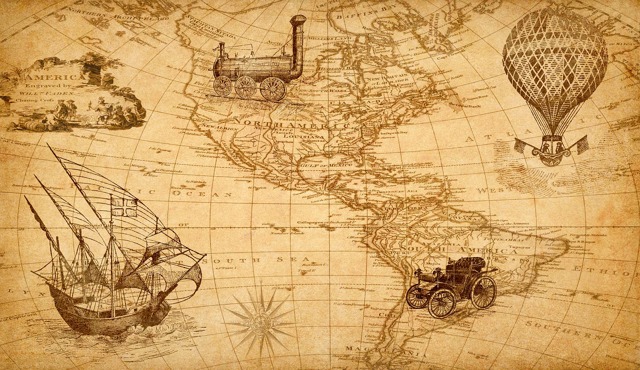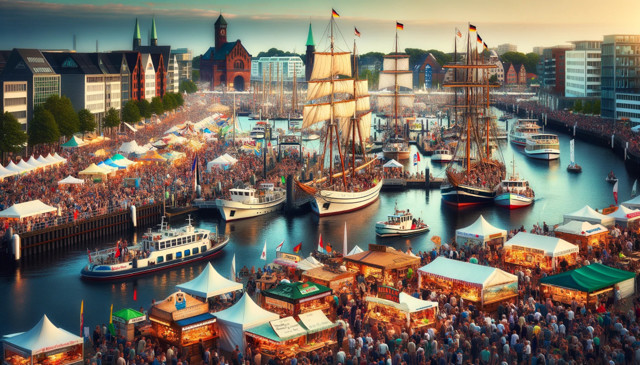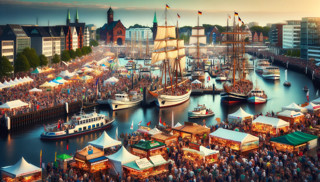December 2023
A gripping tale set against the backdrop of the 1935 Kiel Week, a time when the joyous maritime festival in Germany was overshadowed by the Nazi regime's influence. Through the contrasting experiences of two couples, it vividly paints how politics infiltrated personal lives. Furthermore, it skillfully weaves the history of Kiel Week, revealing its transformation from a naval celebration to an internationally acclaimed cultural and sailing event, symbolizing resilience and revival after the devastation of World War II.
Last updated 18 months ago
Will publish on 06/07/2026
Kieler Woche: Then And Now
By Monica Granlove

My maternal grandparents, Bruno and Karla in the novel The Electrician and The Seamstress, both natives of Kiel, Germany, a picturesque city on the Baltic, survived two world wars.
It was late June, and the year was 1935 and it was time for Kiel Week, known as "Kieler Woche" in German, which was held under the Nazi regime, transforming the event into a highly politicized spectacle. Hitler spoke from a platform at the end of the walkway, promoting Nazi ideology and showcasing Germany's strength. The authoritarian rule of the Nazis suppressed any form of dissent, and public events, including Kiel Week, were meticulously orchestrated to convey an image of unity and conformity.
It was a beautiful day, Bruno and Karla strolled along the harbor, exploring booths filled with delectable treats, trinkets, and various curiosities. They relished the sailing races in the harbor, and Karla, with a marzipan crepe in hand, walked happily with Bruno. As chocolate dripped down her hand, Bruno laughed, offering her his handkerchief. Immersed in their own world, they tried to ignore the tumultuous events around them.
Eli and Bruno were best friends, and both couples spent many jovial evenings dining and playing games at Eli and Ilse’s house. Unfortunately, in 1935, Eli and Ilse didn’t feel safe participating in Kiel Week. The increasing social ostracism and discrimination faced by Jews marginalized them from various aspects of public life, with their rights systematically eroded.

Delving into history, Kiel Week, has a storied past dating back to the late 19th century. Inaugurated in 1882, the event's origins trace back to German Emperor Wilhelm II, an avid sailor, attending a regatta in Kiel. Initially organized to celebrate the emperor's birthday and highlight the German Navy's importance, Kiel Week primarily focused on naval events, emphasizing the military aspects of sailing. Over time, it evolved into a more inclusive and civilian-oriented festival, attracting a broader audience.
Kiel Week was suspended in 1939 due to World War II. Regrettably, the ravages of World War II left Kiel in ruins, with ninety percent of the city reduced to rubble—its buildings, roads, and infrastructure devastated. Post-World War II, the event not only resumed but expanded to include diverse sailing classes, making it a global sailing phenomenon. International recognition followed suit, with sailors from around the world participating in the regattas, solidifying Kiel Week's status as a major international sailing event.
Beyond sailing competitions, Kiel Week diversified its offerings, incorporating cultural events, concerts, parades, and food festivals. This expansion created a vibrant atmosphere, drawing visitors from various parts of Germany and beyond. In the 21st century, Kiel Week retains its stature as a major international event, attracting sailors and enthusiasts globally. While maintaining its traditional focus on sailing, the festival has embraced a broader cultural and festive context.
Today, Kiel stands as a testament to resilience and revival. The city thrives as an astonishingly vibrant hub with a robust shipping industry, strategically located between major cities like Copenhagen, Hamburg, and Lubeck. Annually, Kiel still hosts the renowned Kieler Woche, showcasing its beautiful harbor and an array of sailing vessels. The event features a sprawling market with diverse booths offering food, crafts, and much more.
Kiel Week has become a symbol of maritime tradition, international cooperation, and cultural exchange. Beyond showcasing the city's maritime heritage, it reflects the evolving nature of sailing and its relevance in contemporary society. For those in the vicinity, a visit is highly recommended. Convenient parking options in Kiel Pries across the harbor are available, with water taxis offering a delightful journey to the event.



